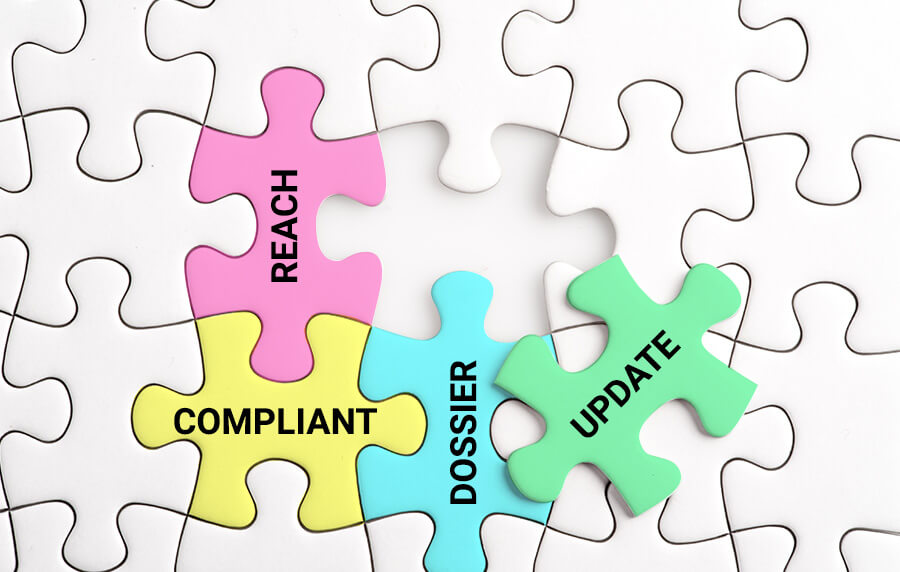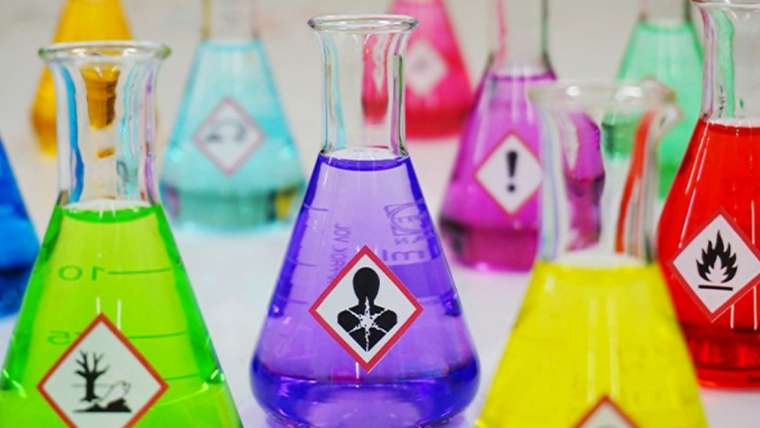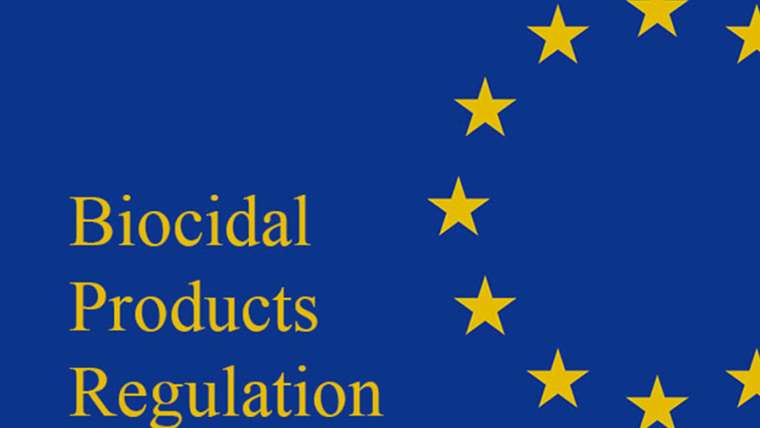Improve the quality of your dossier now; don’t expect ECHA’s compliance checks or Member States substance’s evaluation to do so.
ECHA has published the list of the REACH registered substances, pooled to indicate the regulatory actions in place. The five pools are:
- Regulatory risk management ongoing: substances with confirmed hazards for human health and the environment.
- Regulatory risk management under consideration:substances that are currently being considered for regulatory risk management.
- Data generation: substances that require additional information to conclude whether further regulatory action is needed.
- Currently no further actions proposed: substances for which authorities have not proposed further regulatory action at the moment.
- Not yet assigned: substances currently registered under REACH but not yet assigned to any of the other pools.
As Jack de Bruijn, Director for Prioritisation and Integration says: “The assignment to a pool is also not permanent – substances will move from one pool to another over time when new information becomes available or priorities change”
ECHA has a joint action plan with the European Commission to improve compliance of registrations to ensure they contain the necessary information to establish safe use. The different phases of the Joint Action plan are:
- By the end of 2020, ECHA will conclude whether substances registered at high tonnage bands are a priority for regulatory risk management, whether are currently of low priority for further action and whether they need more data (candidates for Compliance check)
- By 2023, ECHA will have screened all registrations in the tonnage bands over 100 tonnes/year
- In 2027, ECHA will have checked all substances registered before the 2018 deadline, independently from the tonnage.
Keeping the dossier up-to-date is a legal obligation for all registrants. In its paper (V1-26 June 2019), CEFIC urges review and improvement of the registered substances. More specifically, in the paper, it is requested that companies are recommended to take into account the following guiding principles to prioritise their work in the context of this Action Plan (no priority order in this list):
- Substances for which the company acts as a lead registrant or as an individual registrant;
- Registration dossiers from the 2010 and 2013 registrations deadlines (i.e. more than 100 and 1000 tonnes/year, respectively, and self-classified CMRs4);
- Registration dossiers from 2018 deadline (i.e. more than 1 and 10 t/a), which may be grouped with higher volume substances;
- Substances that are (potentially) hazardous to human health or the environment, particularly potential CMRs or PBTs/vPvBs;
- Substances with (potential for) wide dispersive uses; particularly consumer and professional uses;
- Full registrations (non-intermediates);
- Dossiers in which read-across or categories are used;
- Substances where adaptations to standard testing requirements have been applied for higher tier human health and environmental endpoints e.g. read-across, exposure-based waiving, ‘column 2’ waiving arguments etc.
In particular, it is very important that companies control the tonnage band of the registration dossiers and the quality of the waiving justifications for the very demanding tests. The risk is that companies will receive the request to perform new tests that are not necessary and that could have been avoided with a prompt update of the REACH registration dossier.
Do you need a strategy for improving the quality of your dossier?
TEAM Mastery S.r.l. can assist you in achieving this.



